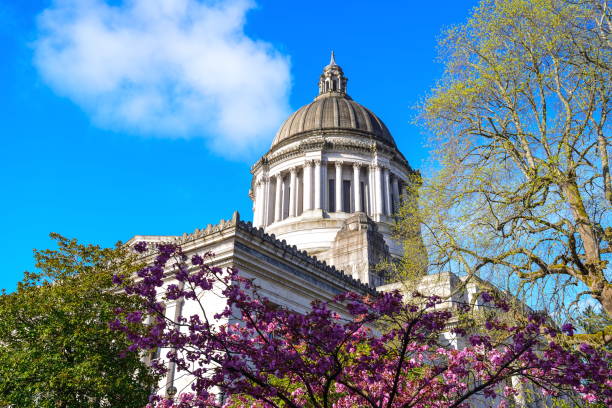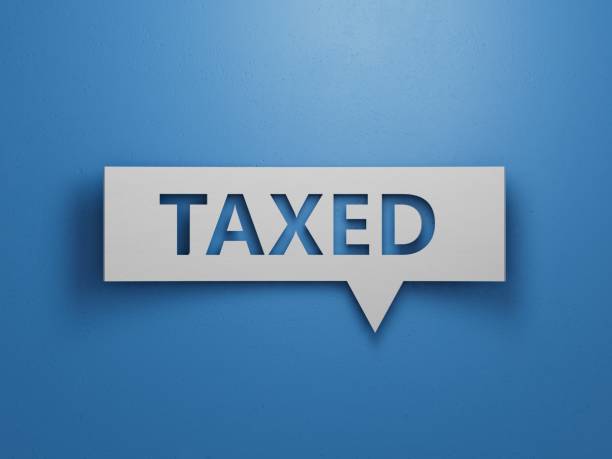Related Articles
Relevant Topics
Some policymakers in D.C. and syndicated columnists/economists have already begun talking about the need for a second stimulus package to bolster the $787 billion passed by Congress in February.
But before they move to quickly to spend even more taxpayer dollars on various government projects, a little reading should be in order; namely, this report from Wells Fargo.
In a "Decision-Makers' Guide to Stimulus Part Deux," the authors of the paper first take Vice President Biden to task for saying, "the truth is, we and everyone else misread the economy." The authors point out that, "Everyone did not misread the ec! onomy. Contrary to political rhetoric, economic analysis outside the beltway clearly anticipated a nine percent plus unemployment rate even with the stimulus package."
One of the major concerns over the last several months as government spending ramps up, is inflation. Again, the authors of the paper address this:
"Unfortunately, a second stimulus could add too much to the growth momentum to be consistent with stability in the long-run inflation interest rates and currency expectations. Inflation/debt concerns, which are already rising, would accelerate quickly and thereby prompt negative interest rate/dollar reactions that would create a boom/bust cycle..."
The stimulus/bailout mentality goes back to the reality that politicians don't always make the most sound economic decisions because they are influenced by the immediate short-term political gains and do not take into account, or minimize, the long-term costs! . But this type of thinking has immediate economic ramificatio!



